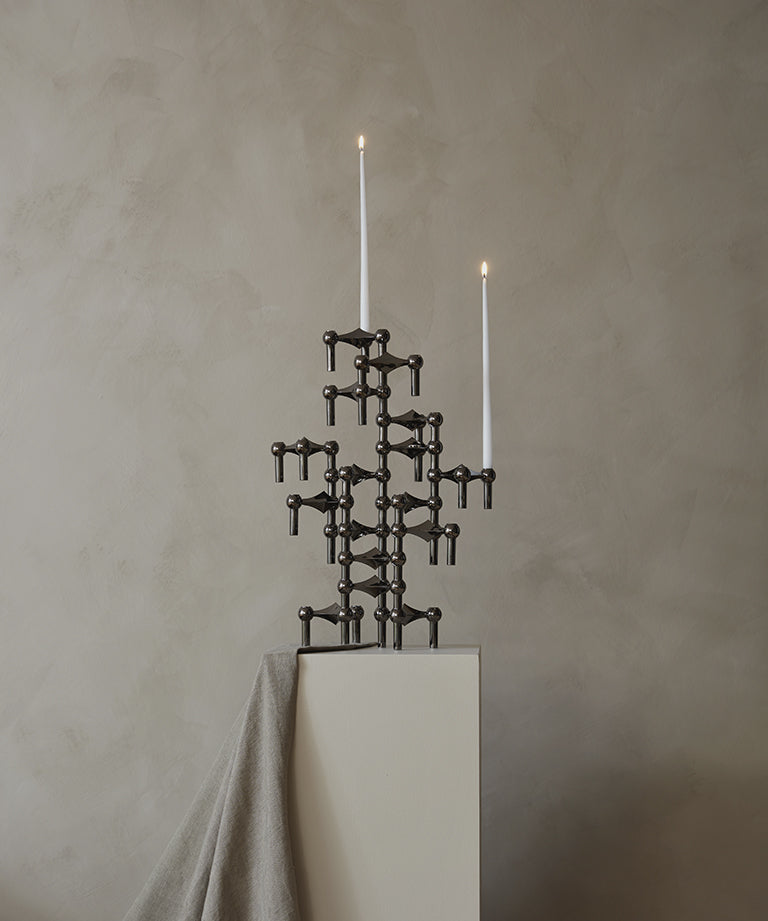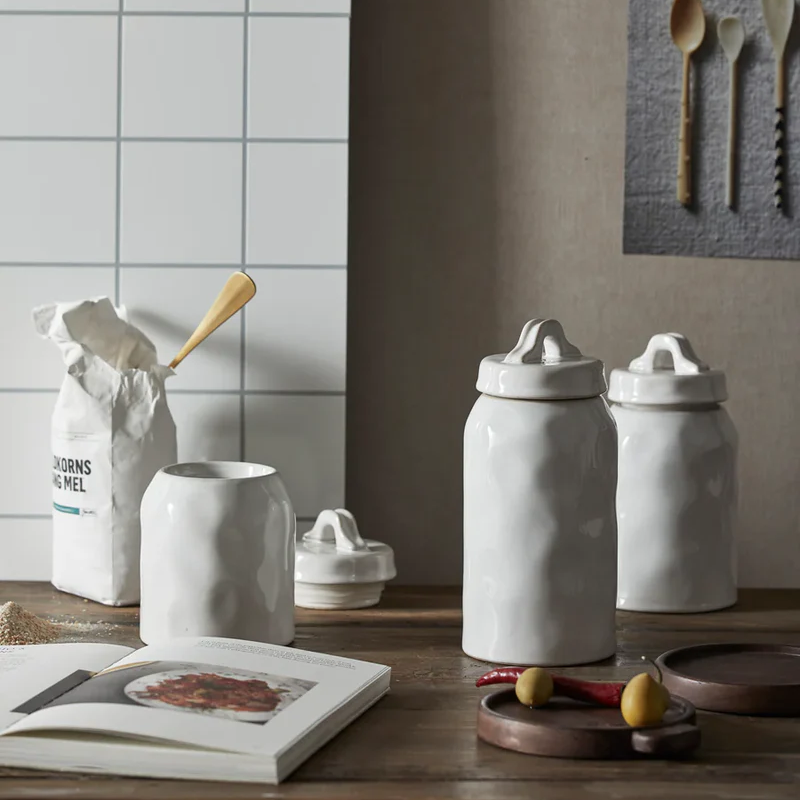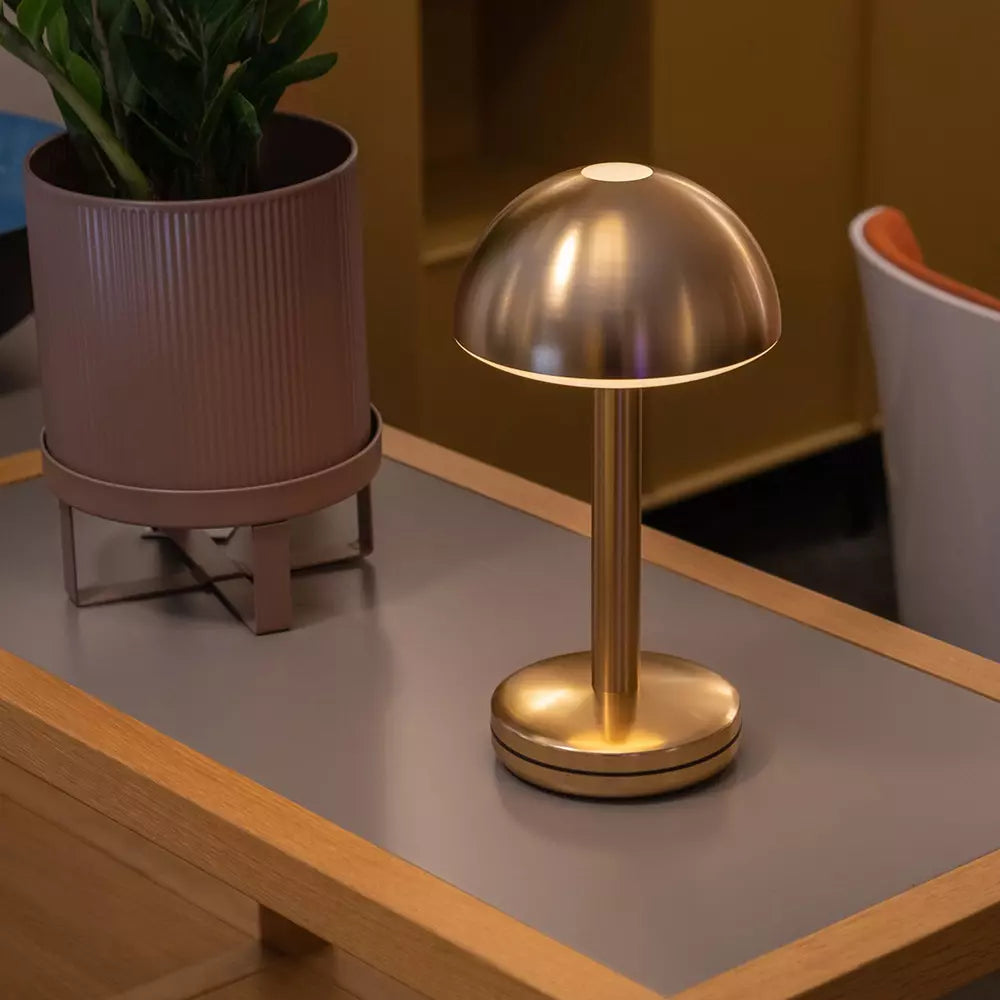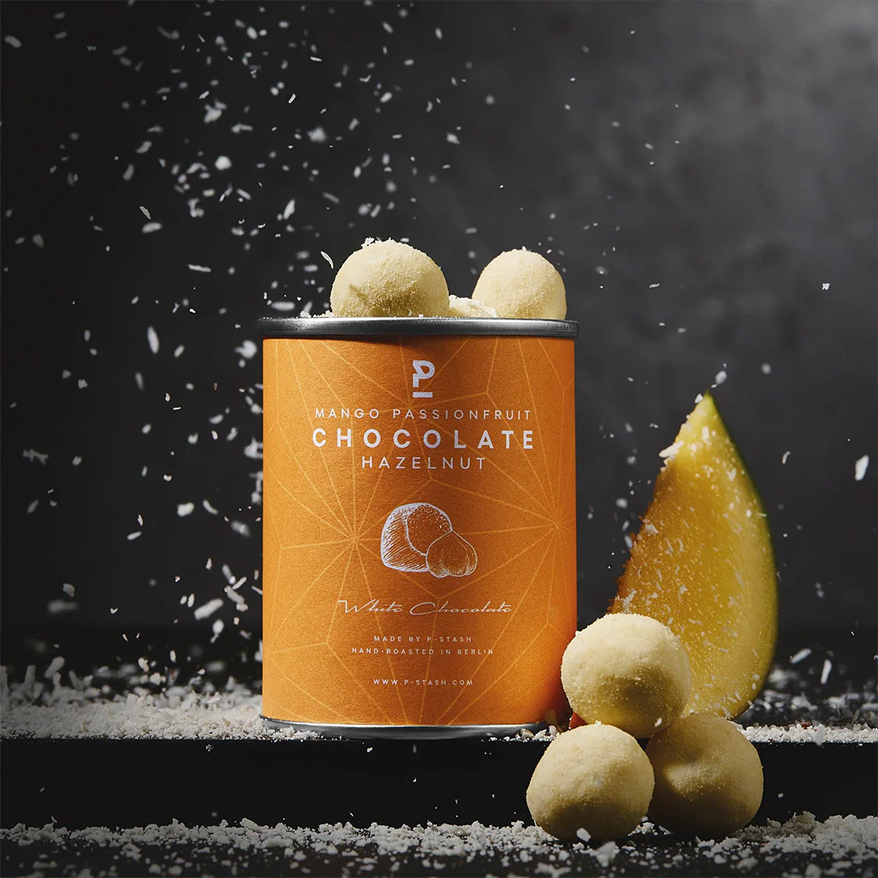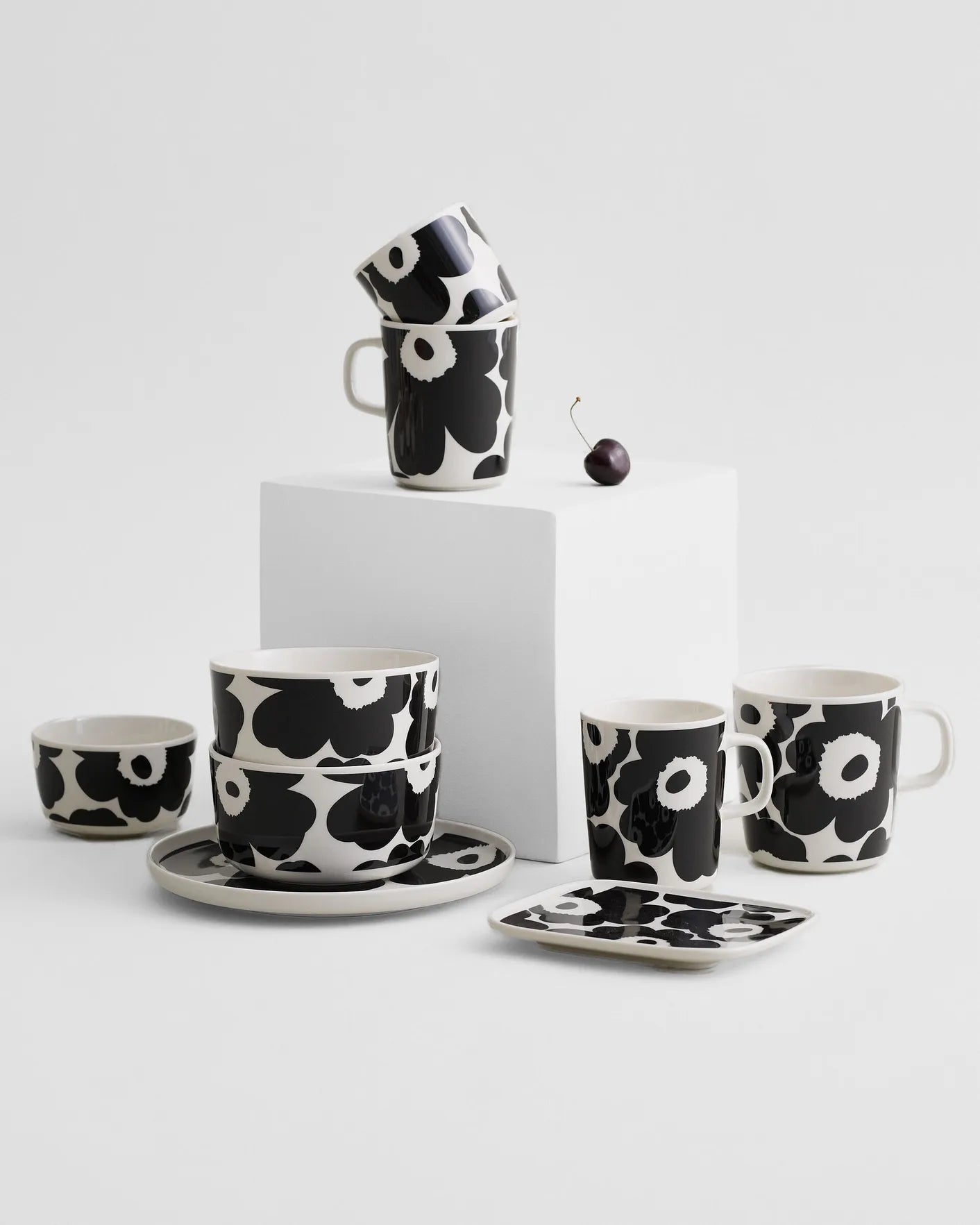Portugiesische Keramik ist weit mehr als nur schönes Geschirr oder Dekoration – sie ist Ausdruck jahrhundertealter Handwerkskunst, kultureller Vielfalt und gelebter Tradition. In den letzten Jahren hat sich das Interesse an authentischen, handgefertigten Produkten stark erhöht. Portugiesische Keramik steht dabei sinnbildlich für eine Rückbesinnung auf das Echte – und verbindet mediterrane Lebensart mit zeitlosem Design.
Ein Handwerk mit Wurzeln
Die Geschichte der Keramik in Portugal reicht zurück bis in die Antike. Bereits vor über zweitausend Jahren nutzten Menschen in der Iberischen Region Ton zur Herstellung von Gefäßen, Fliesen und Gebrauchsgegenständen. Besonders geprägt wurde die portugiesische Keramikkunst jedoch durch den maurischen Einfluss im Mittelalter: kunstvolle Ornamente, aufwendige Glasuren und geometrische Muster hielten Einzug in die Werkstätten – viele davon sind bis heute sichtbar.
Berühmte Beispiele wie die Azulejos, handbemalte Fliesen mit kunstvollen Motiven, prägen bis heute ganze Stadtbilder – etwa in Lissabon, Porto oder Évora. Doch auch jenseits der Fliesen hat sich Portugal als Zentrum traditioneller Keramik etabliert.
Regionale Vielfalt und traditionelle Techniken
Die bekanntesten Regionen für Keramikproduktion in Portugal sind unter anderem:
-
Caldas da Rainha: bekannt für expressive Keramikobjekte und handgeformte Unikate
-
Coimbra: berühmt für filigrane Bemalungen in Kobaltblau auf weißem Grund
-
Alentejo: Heimat robuster, rustikaler Alltagskeramik, oft mit erdigen Farbtönen und folkloristischen Mustern
Trotz aller regionalen Unterschiede eint die portugiesische Keramik ein gemeinsames Merkmal: der hohe Anteil an Handarbeit. Viele Stücke werden noch heute auf der Töpferscheibe gedreht, von Hand glasiert und bemalt. Die verwendeten Farben stammen häufig aus natürlichen Pigmenten, und die Glasuren folgen traditionellen Rezepturen.
Zwischen Tradition und zeitgenössischem Design
Viele Manufakturen in Portugal stehen heute vor der Herausforderung, zwischen Erhalt der Tradition und zeitgemäßer Gestaltung zu balancieren. Einige Werkstätten haben sich auf moderne Linien spezialisiert, die sich ideal in heutige Wohnwelten einfügen – ohne ihre Wurzeln zu verleugnen.
Formen werden klarer, Farbwelten dezenter, doch das Handwerk bleibt spürbar. Dieses Spannungsfeld macht portugiesische Keramik heute so beliebt bei Designern, Gastronomen und Interior-Fans weltweit.
Wer etwa eine Salat Bowl mit organischer Formgebung oder einen Krug mit strukturierter Oberfläche in den Händen hält, spürt sofort: Hier steckt echte Handwerkskunst drin.
Nachhaltigkeit und kulturelle Identität
In einer Zeit, in der viele Produkte austauschbar und industriell gefertigt wirken, setzt portugiesische Keramik ein starkes Zeichen: für lokale Produktion, für Nachhaltigkeit, für kulturelle Identität. Die Stücke erzählen Geschichten – von Familienbetrieben, von überliefertem Wissen, von Geduld und Präzision.
Zudem ist Keramik ein langlebiges Material – bei richtiger Pflege begleiten viele Objekte ihre Besitzer über Jahrzehnte hinweg.
Keramik als Teil des Wohngefühls
Portugiesische Keramik bringt mehr als nur Ästhetik ins Zuhause. Ein Teller in handglasierter Aqua-Optik oder eine Espressotasse in zurückhaltendem Design – das sind keine anonymen Alltagsgegenstände, sondern bewusste Entscheidungen für Individualität und Atmosphäre.
In einem Zeitalter von Fast Living und Überfluss wird das Besondere wieder geschätzt. Portugiesische Keramik ist Teil dieser Bewegung.
Wie erkennt man echte portugiesische Handarbeit?
Ein kurzer Blick auf einige Merkmale hilft:
-
Unregelmäßigkeiten sind ein gutes Zeichen – sie zeigen, dass ein Mensch, kein Roboter, das Produkt gefertigt hat.
-
Siegel oder Herkunftsnachweise vieler Manufakturen bestätigen die regionale Herstellung.
-
Material & Haptik: Portugiesische Keramik fühlt sich oft etwas schwerer und dichter an als Massenware – und bleibt gleichzeitig feiner als Steinzeug.
Fazit
Portugiesische Keramik ist nicht nur ein ästhetisches Statement, sondern auch ein kulturelles. Sie steht für Handarbeit, Qualität und Zeitlosigkeit – und passt damit perfekt in ein modernes Wohnumfeld, das auf Authentizität und Langlebigkeit setzt.
Wer sich für ein Stück entscheidet, entscheidet sich auch für eine Haltung: gegen das Beliebige – für das Echte.

